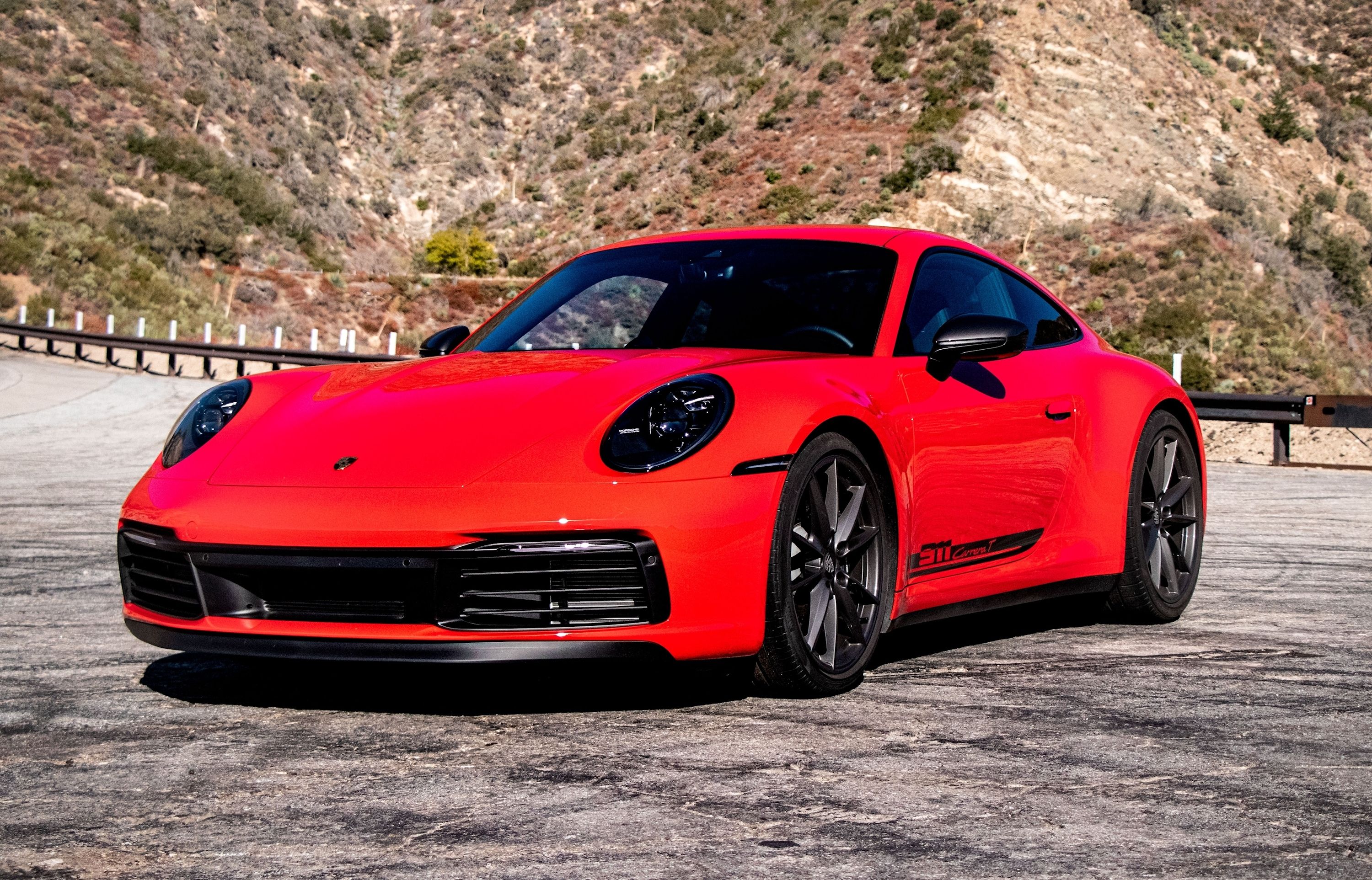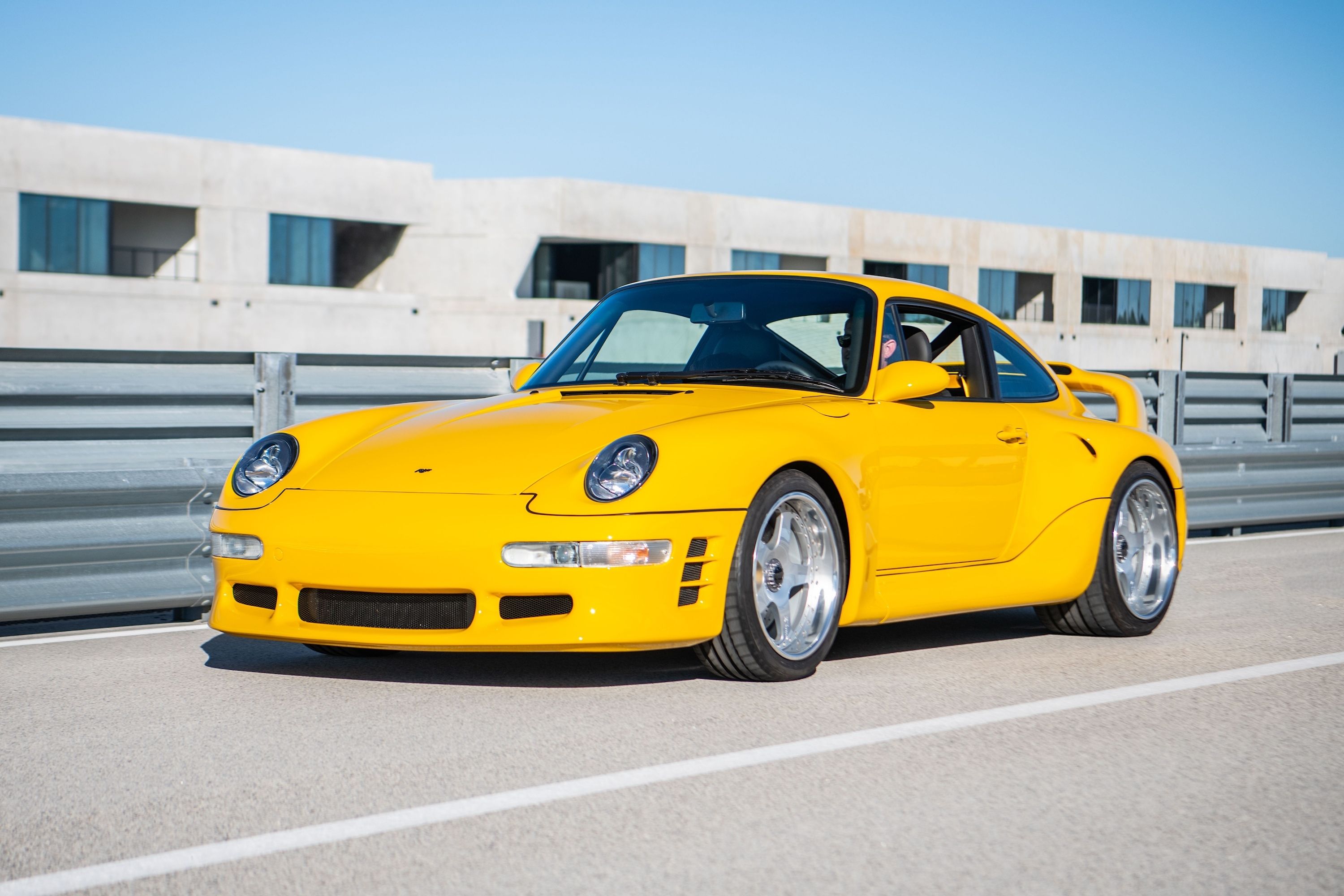
If you're into 930, 964, and 993 Porsche 911s specifically, you'll likely have heard of and fallen in love with the work that the likes of RUF Automobile, Gunther Werks, and Singer Vehicle Design have produced.
Each of these companies puts thousands upon thousands of hours into their craft, perfecting the output, handling, and beauty of the Porsche 911, be it air-cooled or water-cooled. One can draw parallels between all three outfits, but there are key differences.
Gunther Werks and Singer Vehicle Design are both based in California, but RUF is pure German. A bigger difference is not so obvious, and something that even the best often forget: Only RUF is an actual manufacturer, while the other two Porsche pros are tuners. Why is that?
Let's Start At The Beginning
A popular but inaccurate theory is that RUF is magically granted manufacturer status because all of its cars are made up of bodies and chassis procured from Porsche. While this was once the case, that alone is insufficient to justify manufacturer status. But before we get there, a little history lesson.
RUF was founded in 1939, just before the War. But it was only in 1963 that it first began working on Porsches, says Alois Ruf Jr., founder Alois Sr.'s son. At this time, RUF was effectively a tuner, modifying and enhancing the 911, but in 1978, RUF debuted its first complete model, based on the 930 Turbo.
The Key Is In The Construction
In 1981, RUF got Manufacturers' Certification from the German Federal Vehicle Offices and the year after, Alois Jr. began the various processes of applying for certification elsewhere. In 1988, RUF achieved US certification with the National Highway Traffic Safety Administration and the Environmental Protection Agency. In 2006, it became affiliated with the VDA, the German Association of the Automotive Industry. And in 2017, RUF built a car with a chassis of its own proprietary design. As if that wasn't impressive enough for the fledgling automaker, it made the thing out of carbon fiber.
This is the key.
In order to achieve this honor of being recognized as a true manufacturer, RUF had to produce its own bodies and crash them. Sure, there are numerous RUF creations out there that are clearly based on existing Porsche (and even VW) production models like the Cayenne and the Cayman. But RUF cars like the eRuf Model A concept, the SCR 4.2, and the iconic CTR3 all feature bodies either completely new or so heavily altered and modified and reengineered that they are considered unrelated to their inspiration. But significant changes alone are still not enough.
VIN For The Win
Think about it this way. The Hennessey Venom GT was based on the Lotus Elise/Exige, and for road use, it was registered as such. Therefore, we discounted it from our Fastest Street-Legal Production Cars list. We could have included it, but we'd have to officially give kudos to Lotus. The Hennessey Venom F5, however, is sold with a Hennessey VIN.
The same goes for RUF. Its cars come with a unique VIN, so even if one of its creations seems like little more than a re-bodied, repainted, retuned, and reupholstered sports car from Stuttgart, it's actually its own all-new thing from Pfaffenhausen.
It's like the Volkswagen Amarok pickup that just launched in some parts of the world. That truck is heavily based on the Ford Ranger's T6 platform. Still, it has enough apparent differences for Wolfsburg, not Dearborn, to be responsible for crash evaluations and the announcement of fuel consumption estimates, and that's enough for it to be stamped and sold as a VW.
Ford actually manufactures the Amarok for VW, but like the BMW Z4 and Toyota GR Supra produced by Magna Steyr, the cars are registered under the name you find on the badge.
Components Supplier
RUF's eligibility as a true Original Equipment Manufacturer (OEM) can also be found in that it supplied the engine to the W Motors Lykann Hypersport and Fenyr Supersport. The Isdera Commendatore 112i from the Nineties used a RUF-modified Porsche six-speed transmission (RUF added a fifth and a sixth cog to 911s long before Stuttgart did). RUF has also worked with Gemballa and Studio Torino RK, to name a couple.
Those in the gaming scene will remember that RUF took Porsche's place in numerous racing games, including Gran Turismo, Project CARS, Assetto Corsa, and others. This was because Porsche had an exclusivity agreement with Electronic Arts, so its cars could only appear in titles like Need for Speed and Real Racing or in sub-licensed EA games like Forza. If RUF was not considered a manufacturer by the German government at the time, that iconic shape would have been missing from many TV and computer screens.
Thankfully, the fact that RUF only produces a few dozen cars a year at most means that it should not be affected by impending combustion bans.
Architect Vs. Renovator
Singer and Gunther Werks (with the greatest of respect) are the guys that can restyle a car's body, paint it, give it a fresh interior, and tune the engine. Singer expressly states on its website that it is not a manufacturer, and with all the processes and certifications required, it's not hard to see why.
Gunther Werks and Singer are some of the world's finest customization companies, but that's all they are. We like to think of them as providing the bespoke interior appointments of Bentley's in-house Mulliner division, the performance tuning of Shelby, and the styling enhancement of Pininfarina - just for older Porsches.
Hiring one of these tuners is like hiring someone to renovate your house. But employing the services of RUF is like contracting an architect to build you something spectacular from the ground up. Both are awesome, but one is certainly a bigger flex than the other.
Just because it would be rude not to, we'll leave you with imagery of one of our and everyone else's favorite creation from the company: the legendary RUF Yellowbird.

